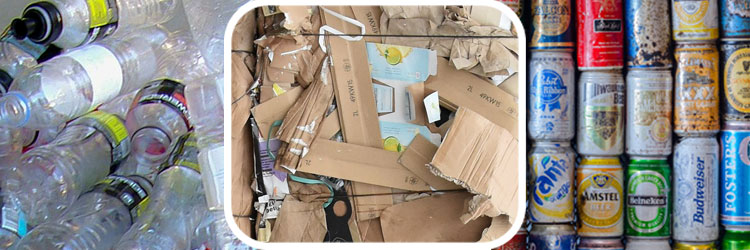Recycling can sometimes be confusing for consumers. This is especially true when it comes to knowing what can and cannot be recycled. Variations in recycling programs, unclear labelling and recycling myths are just a few of the factors that contribute to the confusion surrounding recycling. So, how can we clear up confusion and help people understand what can be recycled?

Simple questions like “Do I need to remove the lid before recycling milk cartons?” or “Can I throw plastic bags in the trash can?” can increase the risk of contaminants in recycling or increase the amount of recyclables sent to landfill if they go unanswered. To help you answer these questions and bring clarity to what can and cannot be recycled, we created a a handy infographic to understanding the How2Recycle recycling labels.
The How2Recycle recycling labels are widely used by many brands and companies across the US. The How2Recycle labels are constantly being added to more and more new packaging every day so it’s important to make sure you understand how to read the labels and recycle responsibly.
With the help of How2Recycle and their clear, consistent and concise recycling labels, it’s easy to know what product packaging can and cannot be recycled. How2Recycle launched in 2012 and has grown substantially since then. It’s known to be the next generation recycling label and helps notify consumers about how to recycle accurately.
How2Recycle was created to tackle the issue of valuable recyclables ending up in landfill as a result of hard to understand recycling information and a lack of standardized recycling labelling.
The labels consist of 4 key components to help guide you through the recycling process for the product packaging. These key components include preparing the material for recycling, where to recycle, the type of recyclable material and which parts of the packaging are recyclable.
To help you make the most of the How2Recycle recycling labels, we’ve put together a Guide to How2Recycle Recycling Labels - download our free infographic.





